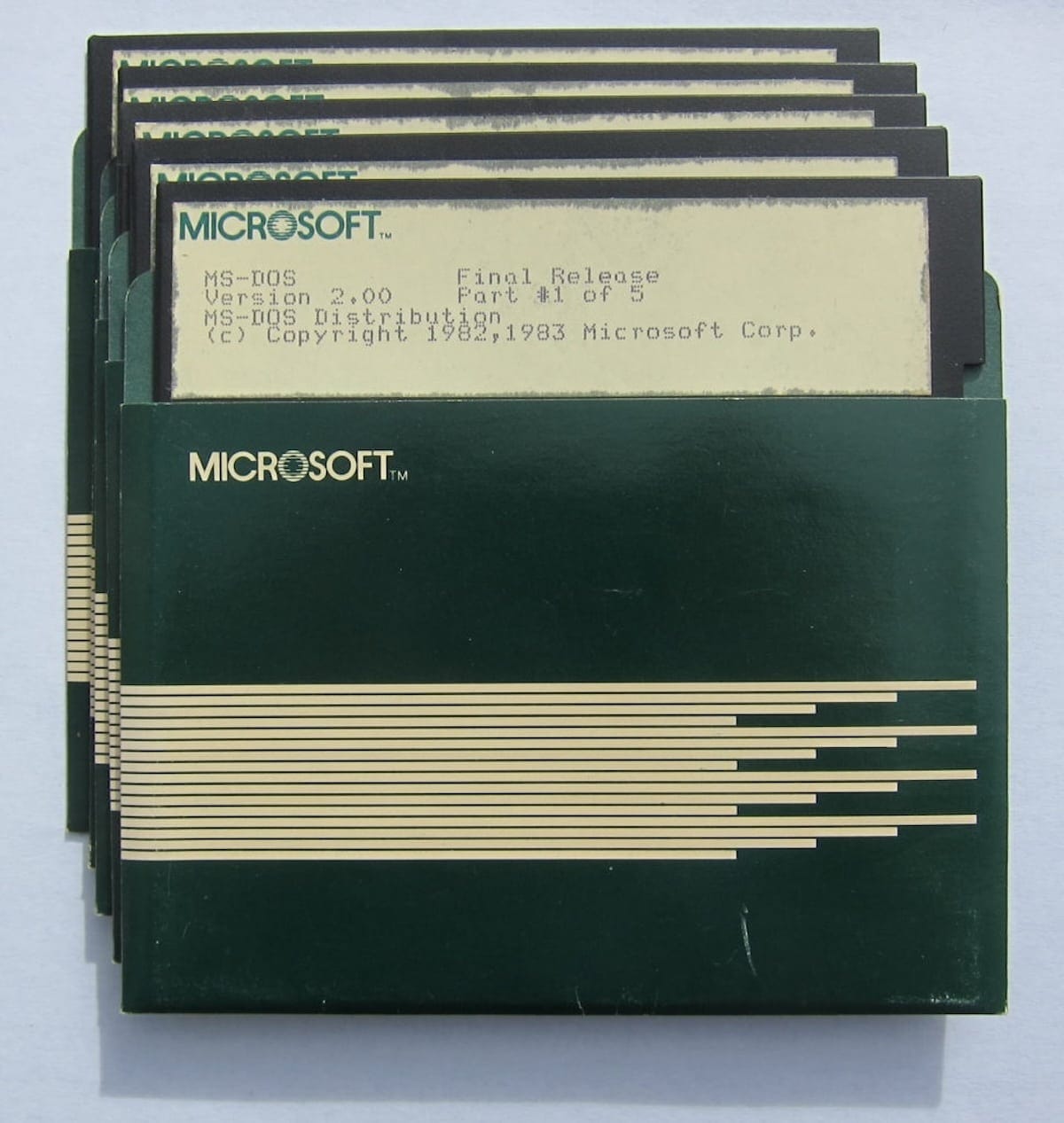The world of computing has been shaped significantly by the advent of DOS (Disk Operating System), a family of operating systems that emerged in the late 20th century. These systems played a foundational role in personal computing, paving the way for modern operating systems. From humble beginnings to widespread adoption, DOS systems were instrumental in popularizing the use of personal computers across homes and offices.
Below, we delve into the history of DOS, highlighting its key players, unique features, and lasting legacy. A comprehensive table provides a detailed overview of the many DOS variants that have existed over the years.
The Birth of DOS
The story of DOS began in the 1960s and 1970s, during an era dominated by mainframes and minicomputers. Operating systems like CP/M (Control Program for Microcomputers) inspired the creation of DOS as a system tailored for microcomputers. One of the first and most impactful DOS versions was 86-DOS, developed by Seattle Computer Products in 1980, later licensed to Microsoft and rebranded as MS-DOS.
MS-DOS became the cornerstone of the personal computing revolution, forming the backbone of IBM PCs and their clones. It offered a simple command-line interface, enabling users to interact with computers in ways that had previously been inaccessible.
The Expansion of DOS Systems
As computing evolved, numerous versions and adaptations of DOS emerged. Some were tailored for specific hardware platforms, while others sought to introduce unique features or improve upon the limitations of earlier versions. Key developments included:
- MS-DOS: The most famous and widely used DOS, developed by Microsoft.
- DR-DOS/OpenDOS: A competitor to MS-DOS that introduced advanced memory management features.
- PC-DOS: IBM’s version of DOS, shipped with its PCs.
- FreeDOS: An open-source continuation of the DOS lineage, still maintained today.
Specialized DOS Versions
Beyond the mainstream systems, many niche and region-specific DOS versions were developed, showcasing the adaptability of DOS for different use cases:
- AmigaDOS: Designed for the Amiga line of computers, integrating with its graphical user interface.
- Apple DOS: The first disk-based operating system for Apple computers.
- Atari DOS: Used in Atari’s 8-bit computer series, notable for its simplicity.
- MSX-DOS: Created for the MSX standard computers, bridging the gap between home and professional use.
- SvarDOS: A modern, open-source DOS system for retro enthusiasts.
Legacy and Influence
The legacy of DOS is undeniable. While graphical user interfaces (GUIs) eventually replaced text-based systems, DOS remains relevant in niche applications, retro computing, and embedded systems. Tools like FreeDOS keep the spirit of DOS alive, offering a lightweight and efficient operating system for specific use cases.
Comprehensive Table of DOS Variants
| Name | Origin | First Release | Last Version | Architecture | Notable Features |
|---|---|---|---|---|---|
| 86-DOS | USA | 1980 | N/A | x86 | Predecessor to MS-DOS, simple command-line interface. |
| MS-DOS | USA | 1981 | 8.0 (2000) | x86 | Widely adopted with IBM PCs, foundational for Windows. |
| PC-DOS | USA | 1981 | 7.1 (1995) | x86 | IBM’s version of DOS, similar to MS-DOS. |
| DR-DOS/OpenDOS | USA | 1988 | 7.03 (1999) | x86 | Advanced memory management, MS-DOS alternative. |
| FreeDOS | USA | 1994 | 1.3 (2022) | x86 | Open-source DOS, maintained for modern use. |
| AmigaDOS | USA | 1985 | Integrated in AmigaOS | Motorola 68000 | Paired with the Amiga’s GUI, used for creative computing. |
| Apple DOS | USA | 1978 | 3.3 (1980) | Apple II | Apple’s first disk-based OS, simple file management. |
| Atari DOS | USA | 1979 | 4.0 (1989) | MOS 6502 | Optimized for Atari 8-bit systems. |
| GEMDOS | USA | 1985 | Part of GEM | Motorola 68000 | Integrated with the GEM graphical environment. |
| MSX-DOS | Japan | 1983 | 2.31 (1991) | Zilog Z80 | Enhanced compatibility with CP/M. |
| SvarDOS | Unknown | 2020 | Rolling release | x86 | Modern open-source DOS, includes a package manager. |
| Xenix | USA | 1980 | N/A | x86, VAX, PDP-11 | Microsoft’s UNIX-like OS, based on AT&T UNIX. |
| TR-DOS | UK | 1982 | N/A | Zilog Z80 | Used in ZX Spectrum systems. |
| TurboDOS | USA | 1982 | N/A | x86, Z80, 68000 | Multi-user capabilities for microcomputers. |
| SISNE plus | Brazil | 1980s | N/A | x86 | Brazilian MS-DOS adaptation. |
| ROM-DOS | USA | 1989 | Ongoing | x86 | Embedded systems DOS, compact and efficient. |
| SpartaDOS | USA | 1980s | 4.49 (2021) | Atari 8-bit | Advanced disk features for Atari computers. |
| ProDOS | USA | 1983 | 2.4.2 (2016) | Apple II | Successor to Apple DOS, added hierarchical directories. |
| GEM | USA | 1985 | Integrated in GEM | Motorola 68000 | Paired with graphical environments. |
Conclusion
The DOS family of operating systems represents a cornerstone in the history of computing. From its early role in the personal computing revolution to its ongoing niche applications, DOS has left an indelible mark. Its simplicity, versatility, and adaptability have inspired countless innovations, proving that even decades-old technology can continue to thrive in specific contexts.
Whether revisiting DOS for nostalgia or leveraging it for specific applications, its impact remains as relevant today as it was during its inception. The diversity of DOS systems showcases the creativity and ingenuity of developers across the globe, ensuring its legacy endures.

